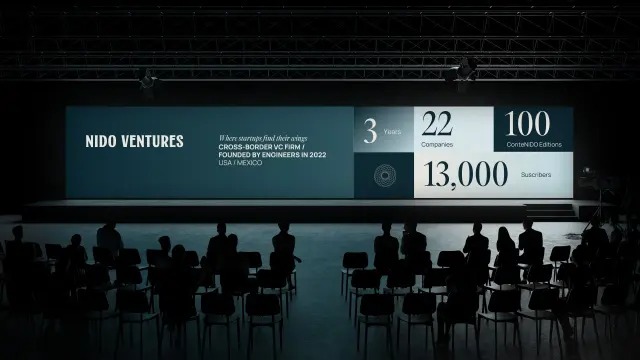DevOps and platform engineering are converging in 2025, creating a unified approach that accelerates software delivery and simplifies infrastructure management.
As software development continues to evolve in 2025, two of the most impactful trends—DevOps and platform engineering—are merging into a powerful force that is redefining how modern applications are built, deployed, and maintained.
This convergence is eliminating long-standing silos and empowering developers with self-service capabilities, enhanced automation, and more reliable production environments.
DevOps: A Quick Recap
DevOps, a blend of “development” and “operations,” has been instrumental in speeding up software releases, breaking down team barriers, and promoting continuous integration and delivery (CI/CD). It emphasizes collaboration, automation, and monitoring throughout the software lifecycle.
But DevOps, while transformative, has faced challenges: inconsistent tooling, manual configurations, and operational complexity have slowed down teams and introduced technical debt.
The Rise of Platform Engineering
Platform engineering is now stepping in to solve these challenges. It focuses on building and maintaining internal developer platforms (IDPs)—curated sets of tools, workflows, and infrastructure that abstract complexity and give developers easy access to what they need.
In 2025, platform teams are standardizing infrastructure provisioning, CI/CD pipelines, observability, and deployment environments into unified, reusable modules that can be consumed via self-service portals or APIs.
The Convergence: Why It Matters
The fusion of DevOps and platform engineering is creating a cohesive, scalable framework for software delivery. Rather than every team creating their own scripts or CI/CD flows, platform engineers provide standardized blueprints while DevOps engineers focus on integrating monitoring, security, and automation.
Benefits of this convergence include:
-
Faster time-to-market
-
Higher software quality and reliability
-
Reduced cognitive load for developers
-
Improved security and compliance
-
Scalability without sacrificing agility
For instance, developers can now deploy a microservice to a Kubernetes cluster with built-in observability, autoscaling, and compliance—all from a single command or UI click.
Developer Experience Becomes a Priority
In 2025, companies are realizing that good developer experience (DevEx) directly impacts productivity. Internal platforms abstract away complexity, so developers spend more time writing code and less time configuring infrastructure.
IDPs are being treated as products, with user research, feedback loops, and performance metrics. This shift has led to the rise of
Platform-as-a-Product teams inside enterprises.
Security and Governance by Design
Security is embedded into platforms from day one—thanks to shift-left practices, automated policy enforcement, secrets management, and built-in compliance checks. DevSecOps, once a separate movement, is now a default part of platform engineering.
Cloud-native policies, IaC (Infrastructure as Code), and service mesh controls help ensure consistency across environments.
Tooling in 2025
Popular tools in this space include:
-
Backstage (for IDP portals)
-
Crossplane (for infrastructure orchestration)
-
Argo CD, Flux (for GitOps)
-
Terraform, Pulumi (for IaC)
-
Grafana, Prometheus, OpenTelemetry (for observability)
These tools integrate into a cohesive ecosystem where developers can focus on code, and platforms handle everything else.
Challenges Ahead
Even as the model matures, challenges remain:
-
Organizational buy-in
-
Budget allocation for platform teams
-
Measuring platform ROI
-
Avoiding over-engineering or “one-size-fits-all” solutions
But leading companies are overcoming these with clear goals, continuous feedback, and cross-functional collaboration.






























